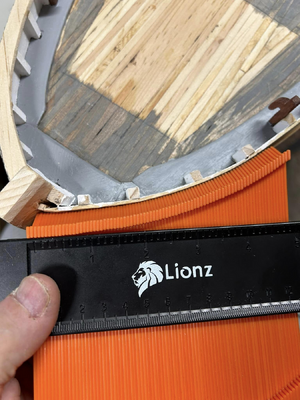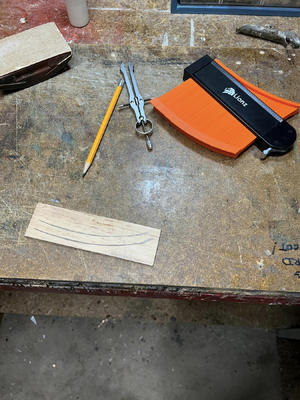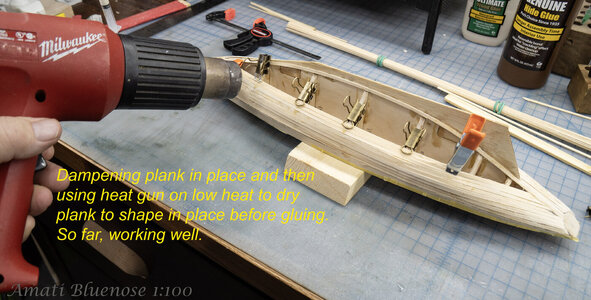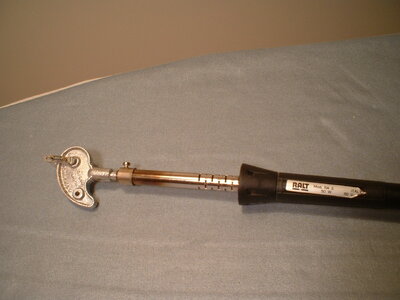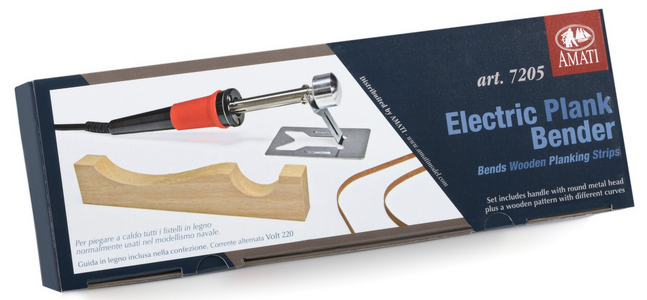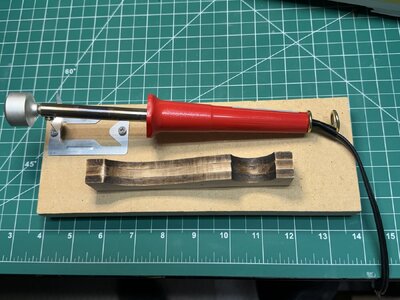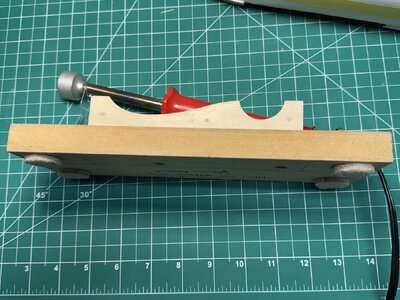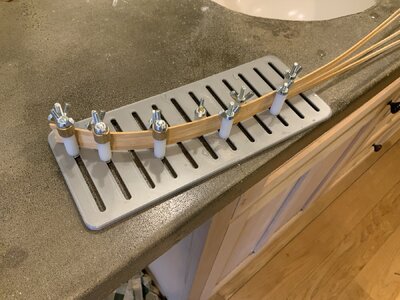As I study the various techniques to overcome the challenges of building a POF model, many questions arise. This one relates to plank bending.
I am favouring the method offered bythe MicroMark device that allows you to place "pegs" on a board to shape your plank to any curvature.
As most of the planks need to be bent to different profiles to cope with the changing shape of the hull, how does one determine the precise shape to bend to, given they all differ. Is there a device that allows you to set/copy the shape from the model and use it like a template to set the correct curvature on your jigs?
I am favouring the method offered bythe MicroMark device that allows you to place "pegs" on a board to shape your plank to any curvature.
As most of the planks need to be bent to different profiles to cope with the changing shape of the hull, how does one determine the precise shape to bend to, given they all differ. Is there a device that allows you to set/copy the shape from the model and use it like a template to set the correct curvature on your jigs?





